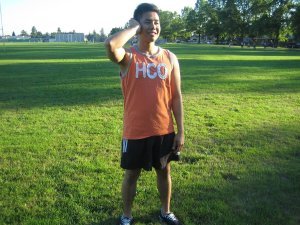Lice are tiny parasitic insects that feed on blood. There are three types of lice that can use human as their host – head lice, body lice and pubic lice. Due to hygienic reasons, it is important to eliminate these insects from the body.
What are head lice?
These are insects that live on the human scalp, especially among children. They can spread by body contact with another person who has head lice. An individual can be infected by head lice through head to the head with an individual who has lice, sharing of personal belongings like combs, towels, scarfs, and hats. Lice can also thrive for a while on upholstered furniture, towels, beddings or clothing without feeding. Children have higher risk of getting head lice.
Symptoms of head lice
- Itchiness of the scalp
- A feeling that something is crawling on the scalp
- Sores on the scalp due to scratching
Diagnosing a head lice infestation
- Checking the hair close to the scalp for lice and nits (eggs of lice)
- Combing the hair using a fine-toothed comb from the scalp to catch lice and nits
Treatment of head lice

There are medications for lice that can be bought over-the-counter and those prescribed by a doctor. The two types of chemicals available as over-the-counter include:
- Pyrethrin – this is recommended for children 2 years old and older. The chemical is made out of chrysanthemum.
- Permethrin – this is a synthetic pesticide similar to pyrethrin. It is suitable for 2 month old babies and older children.
As for the prescribed lice treatment, it includes Malathion, benzyl alcohol lotion and Lindane. When using these medications, strictly follow the instructions given by the doctor.
What are body lice?
Body lice typically infest human body and they attach their eggs to the clothing of individual that they infest. They usually thrive in the seams and folds of clothing. Body lice live in clothing for about a month and die within 5 to 7 days if they fall off from a body. One can acquire body lice when he/she comes in contact with an individual who has lice as well as from infected personal belongings like clothing, towels and beddings. The risk of getting body lice is higher if not bathing regularly or washing clothes as well as living in overcrowded conditions.
Symptoms
If you suspect that an individual has body lice, the following symptoms are likely to manifest.
- Severe itching of the body, usually around the waist, under the arms and near the bra area
- Red bumps on the skin that becomes crusty when scratched
- The skin around the waist or groin becomes thick and changes color if infected with lice for so long
By enrolling in a first aid course, you will learn more regarding the proper management of lice as well as preventive measures to prevent future infestation from occurring.